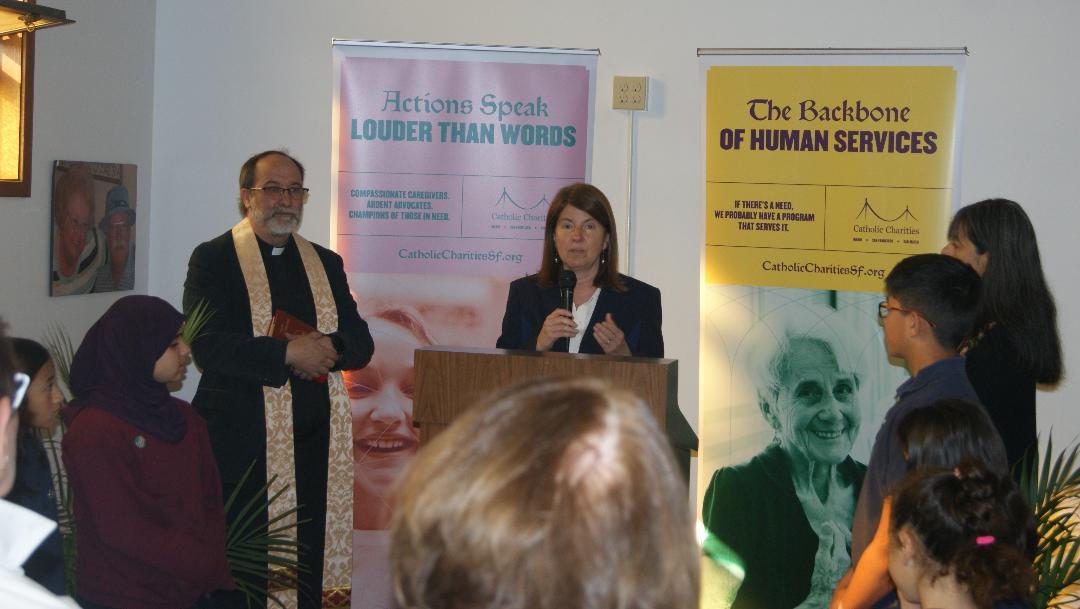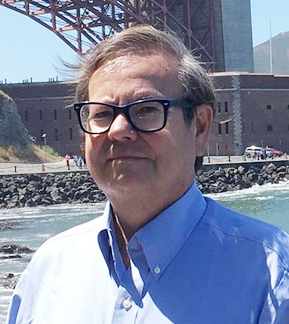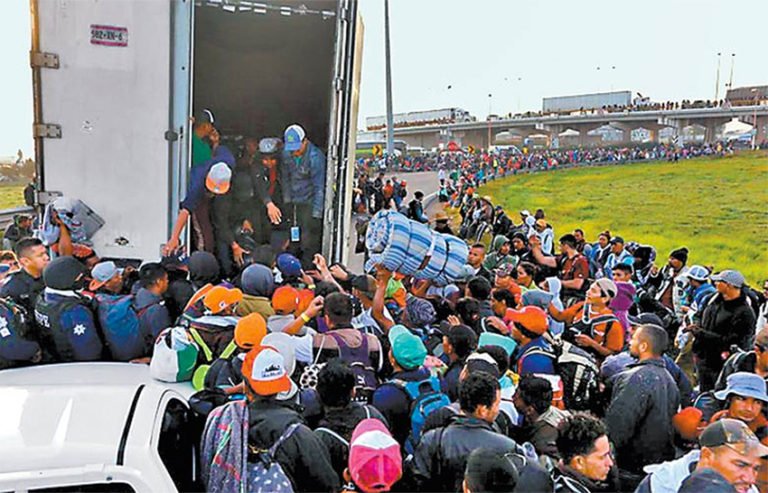by Lance D Johnson
The battle against cancer is heading into new territory, as scientists explore the healing ability of substances that support the body’s cells, instead of killing them off. Researchers from the Italian National Institute of Health and Science on Aging (INRCA) have made a breakthrough discovery for preventing the spread of malignant tumors. A natural plant-based combination, including quercetin and tocotrienols, effectively targets aging cells that cause chronic inflammation and cancer. This dynamic, anti-cancer duo causes stubborn cancer cells to die off and simultaneously promotes the growth of normal cells.
This dynamic duo heals the body at the cellular level by triggering a die-off sequence within aging and malignant cells. If old, decrepit cells become inefficient at performing cellular division, new cells cannot be created. If these senile cells refuse to die off, a condition called cellular senescence sets in. This causes an accumulation of aged cells that emit pro-inflammatory chemicals into the body. This process promotes aging in the body and increases cancer risk. Quercetin and tocotrienols help to remove aging cells so healthy cells have space to flourish.
Moreover, quercetin and tocotrienols identify malignant cancer cells and speed up their cellular senescence. This dynamic duo effectively target unwanted cancer cells and speed up their death, preventing cancer cell replication. The two natural substances remove inflammatory, aging cells and stop malignant cells from growing. This combination is a highly intelligent form of medicine that deciphers dangerous cells and manipulates cellular senescence so that the body can heal itself. The combination can be employed as an adjunct therapy for cancers of many origins. This combination can be used to prevent cancer from taking hold and stop early cancers in their tracks.
Anti-cancer intelligence of tocotrienols
Tocotrienols are an anti-inflammatory type of vitamin E that can be found in wheat germ, barley, oat, rye, cranberries, blueberries, kiwi, plum, coconut, and some nuts. It is also isolated in supplement form. Research confirms that this form of vitamin E can reverse cell cycle arrest and reduce DNA damage, especially for treatment of breast cancer, pancreatic cancer, and melanoma.
However, assimilation of tocotrienols in the human intestine is poor because they are lipophilic in nature (they dissolve in lipids and fats). Researchers must find ways to increase the bio-availability of tocotrienols to increase this vitamin’s therapeutic effects. Intestinal absorption depends upon the secretion of bile and transporters such as ?-tocopherol transfer protein (?-TTP); therefore, assimilation of tocotrienols occurs more readily with food. Nutritionists recommend a daily dose of 150 mg of tocotrienols. One should expect to see therapeutic benefits with supplementation after ninety days.
The healing nature of quercetin
Quercetin is a plant-based flavonoid and antioxidant that helps plants defend against disease. When quercetin is combined with tocotrienols, synergy is created; together these natural substances slow the aging process, prolong the life of healthy cells, and induce apoptosis of malignant cancer cells. Because of its anti-inflammatory properties, quercetin can benefit seasonal allergies, asthma, bronchitis, and congestion. Quercetin is commonly found in apples, tea, onions, nuts, berries, cauliflower and cabbage and can be isolated and consumed in the form of a supplement. To rid the body of aging cells, nutritionists recommend a daily dose of quercetin (500 to 800 mg) for up to three consecutive months, followed by a maintenance dose of 150 mg a day. It is best to consult a healthcare professional, as many medications can adversely interact with the body when healing substances are introduced. (Natural News).










